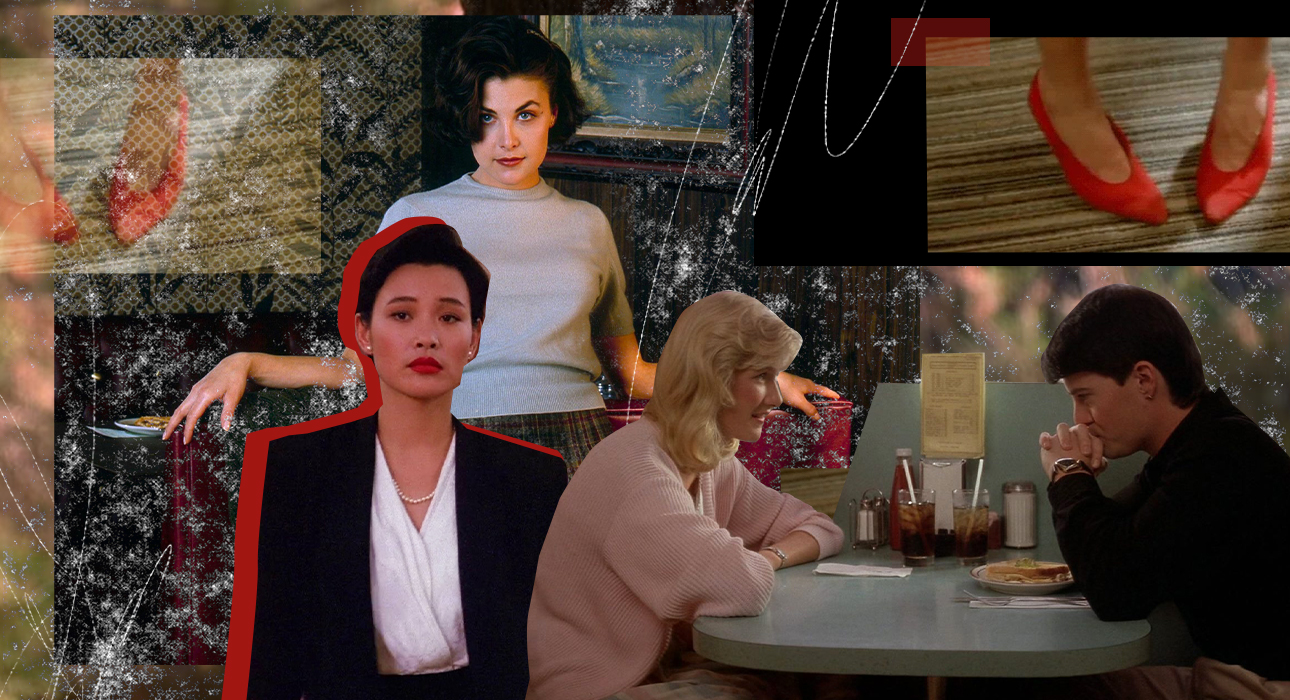David Lynch is a genius of cinematic absurdity whose films you should not try to understand, just feel and watch them like a fascinating dream. However, you should not think that the author thinks superficially, without paying attention to details. Every element, no matter how small, is in its place and has a meaning and hidden meaning. It’s not just about the theatrical scenery and lighting solutions, but also the style of the main characters, which often speaks for itself.
However, to continue analyzing the style of your favorite characters in Lynch’s films, it is useful to try to understand the director’s world, how he thinks and where he gets his ideas.
Therefore, we decided to divide the material into two parts and devote the first block to the characteristics of the director’s visual style. And only then understand how David Lynch turns his heroes into on-screen style icons.
Feature No. 1. Time is not available
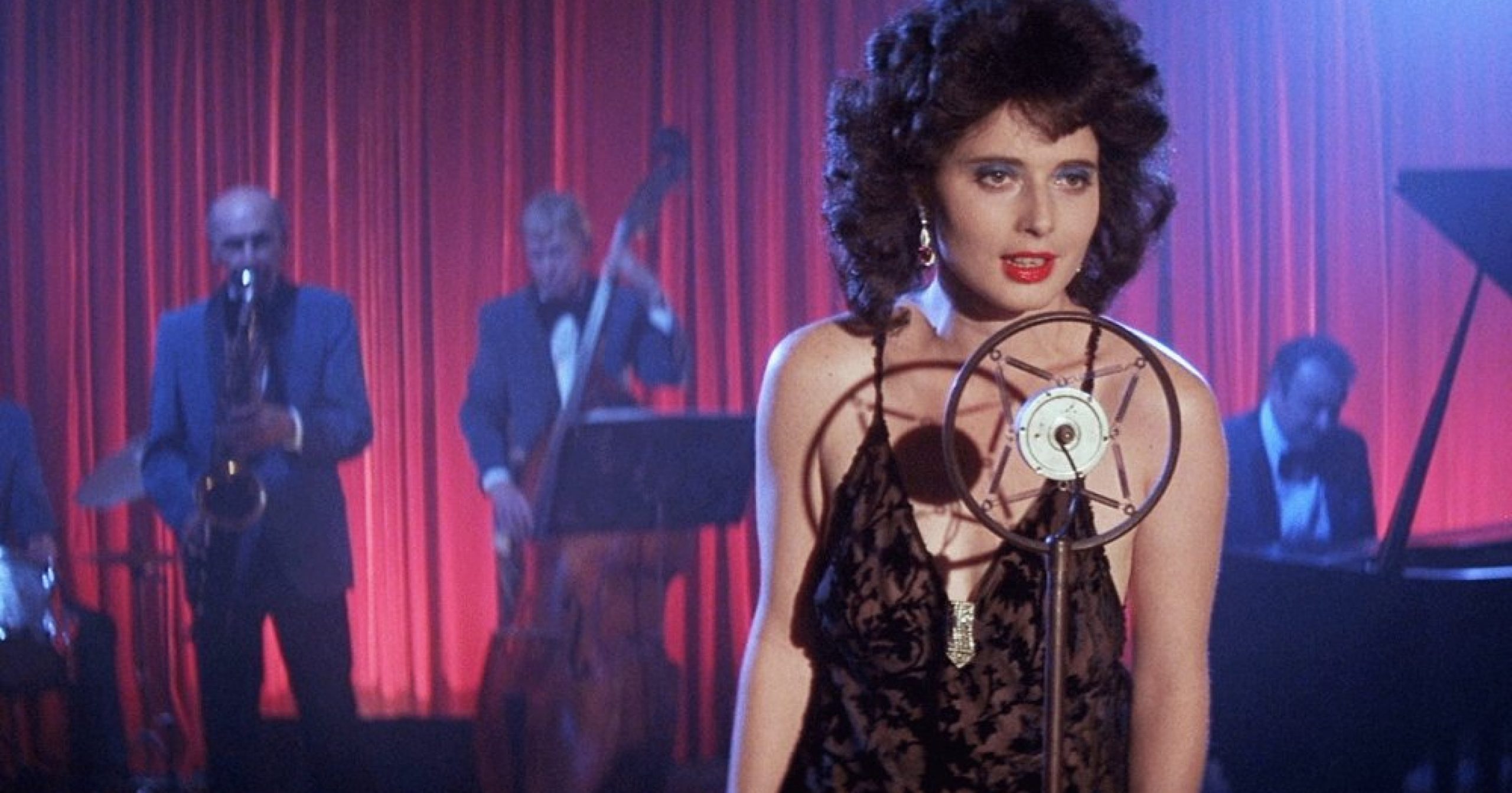
The first thing you need to remember before watching any David Lynch movie is that time does not exist. The author of the pictures deliberately collects objects on the screen that refer to completely different eras. For example, in Blue Velvet, Dorothy sings into a 1920s microphone, her apartment has a 1950s television, but Jeffrey and Sandy wear the latest 1980s fashions. It is possible to see the same thing in Twin Peaks. The series is set in the 1990s, but schoolgirl Audrey Horne looks more like a diva from the ’50s. We’ll talk more about him and his mysterious style in a moment.
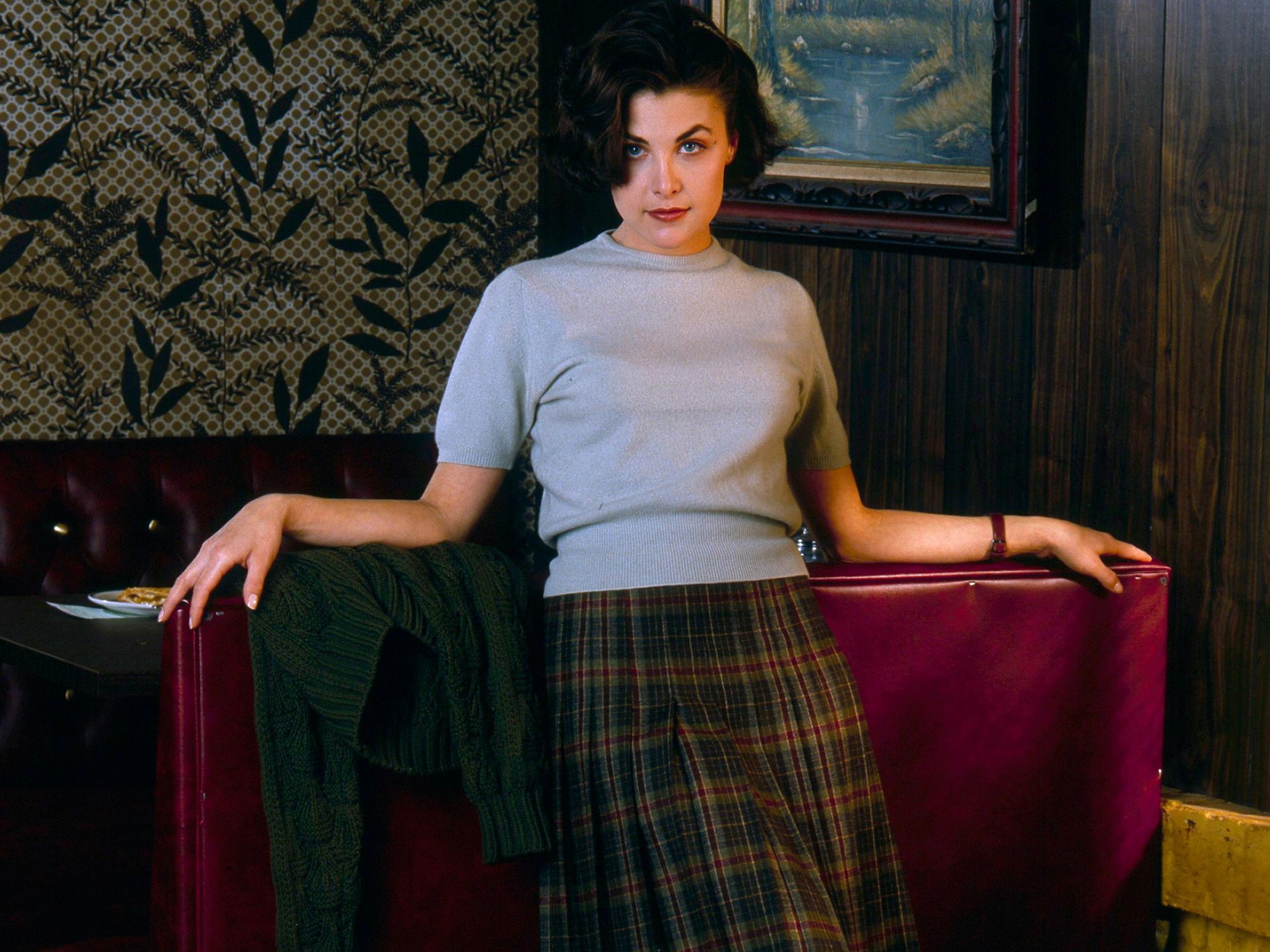
Feature No. 2. Fashion is a separate character in every Lynch film
Not many directors pay as much attention to character style as David Lynch. Often, with the help of clothes, the author hints at us the secrets that the characters on the screen are desperately trying to hide. Their styles become a kind of spokesperson for these secrets. True, only the most attentive viewers can decipher the subtle clues.
Let’s consider this feature of the director’s visual language using the example of the movie “Blue Velvet” mentioned above. Costume designer Patricia Norris had the challenging task of reflecting light and darkness through the colors of the clothes. For example, in the restaurant scene, Laura Dern’s character is consciously dressed in pink, while Kyle MacLachlan’s character is dressed in black. Sandy (Laura Dern) plays the role of the “girl next door” and fashion will be the main guardian of this archetype throughout the film. It turns out that the costume designer deliberately portrayed Sandy as distinctly light and the exact opposite of Dorothy (Isabella Rossellini).
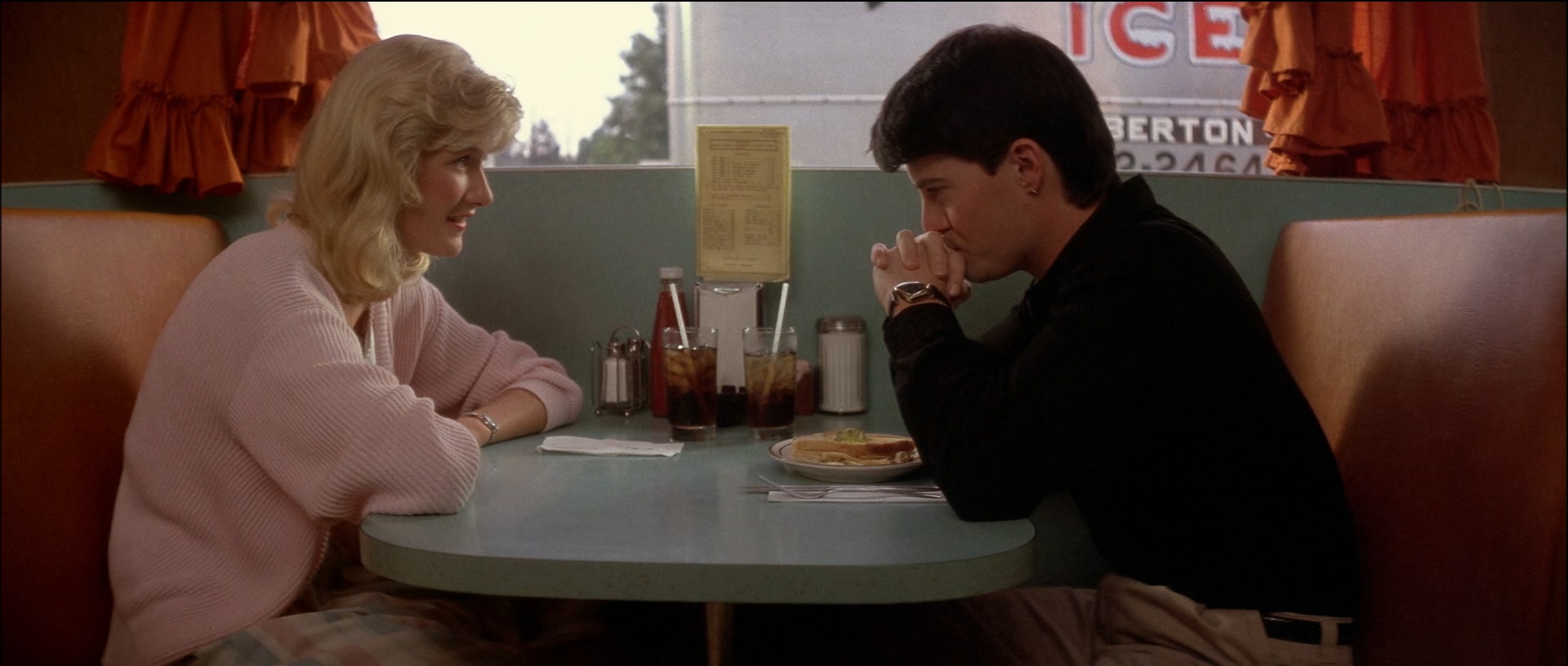
Meanwhile, Lynch’s main interest in archetypes is how they can be weakened, underdeveloped, or revealed. Initially we see a typical biker, truck driver, waitress, prom queen or FBI agent on the screen, but as we delve deeper into the plot, we become more confused and admire some elements of the style that have nothing to do with it. reality. Why is Nicolas Cage wearing an animal print jacket in Wild at Heart? Why does Josie Packard from Twin Peaks look like a walking advertisement for Saint Laurent, living in a small country town on the Canadian border? The answer lies in David Lynch’s unique vision.
Feature No. 3. Color of clothes is important
David Lynch pays special attention to colors in his films. This is a kind of metaphor through which the director conveys the atmosphere of the scene or the character of the character.
The main colors in his creative palette were red, blue, black and yellow. And each color has its own meaning, which is read by the master the same way in almost every film. According to Lynch’s formula, the color blue symbolizes mystery; Remember the box and key in Mulholland Drive, the blue rose in Twin Peaks, or the main character’s robe in Blue Velvet.

Red represents sexuality and danger. And this is confirmed by the velvet curtains on a black curtain, Audrey Horne’s shoes or the bright red light illuminating the car of Jeff Beaumont (Kyle MacLachlan) from Blue Velvet. Meanwhile, the director often mixes blue and red in a single frame to create the desired contrast and atmosphere of tension.
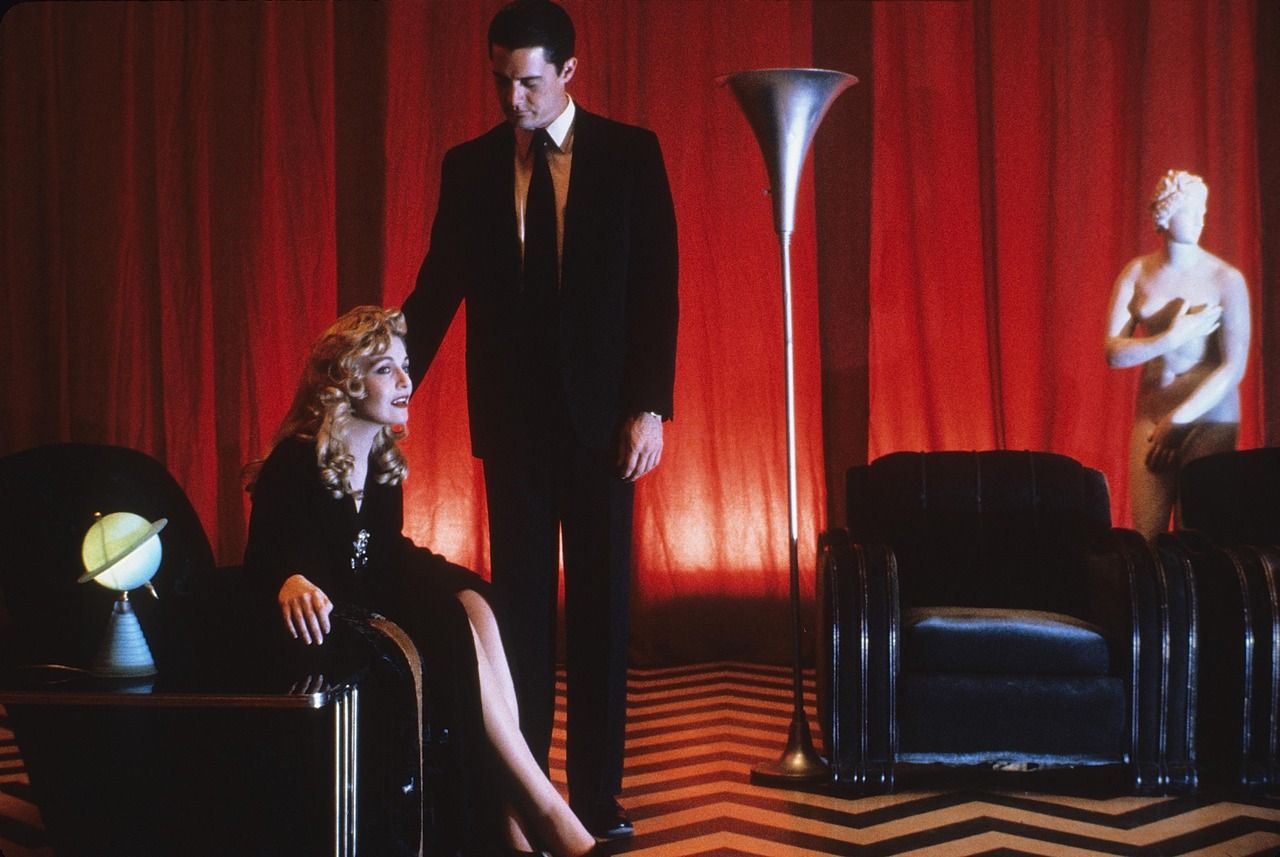
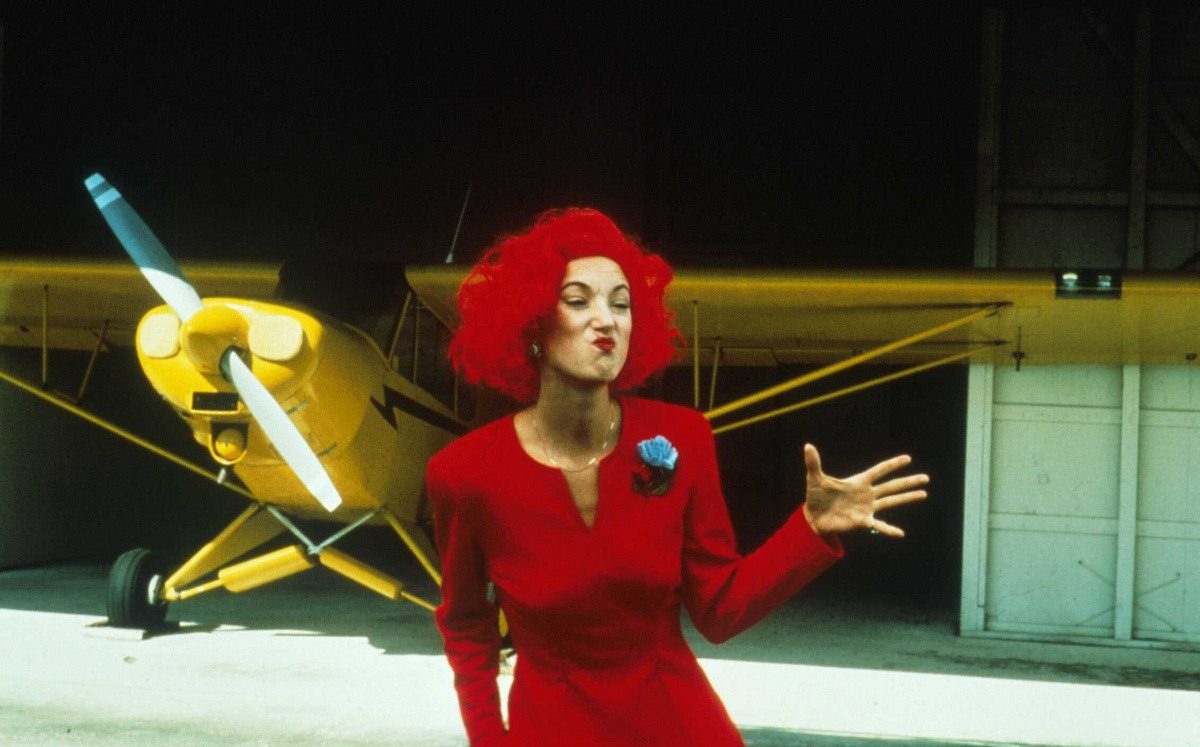
In David Lynch’s world, yellow means madness. That’s exactly the shade of the walls in Nadine’s house in Twin Peaks (who spent the entire first season making muted cornices). Well, let’s not forget the man in the yellow suit in the movie “Blue Velvet”.
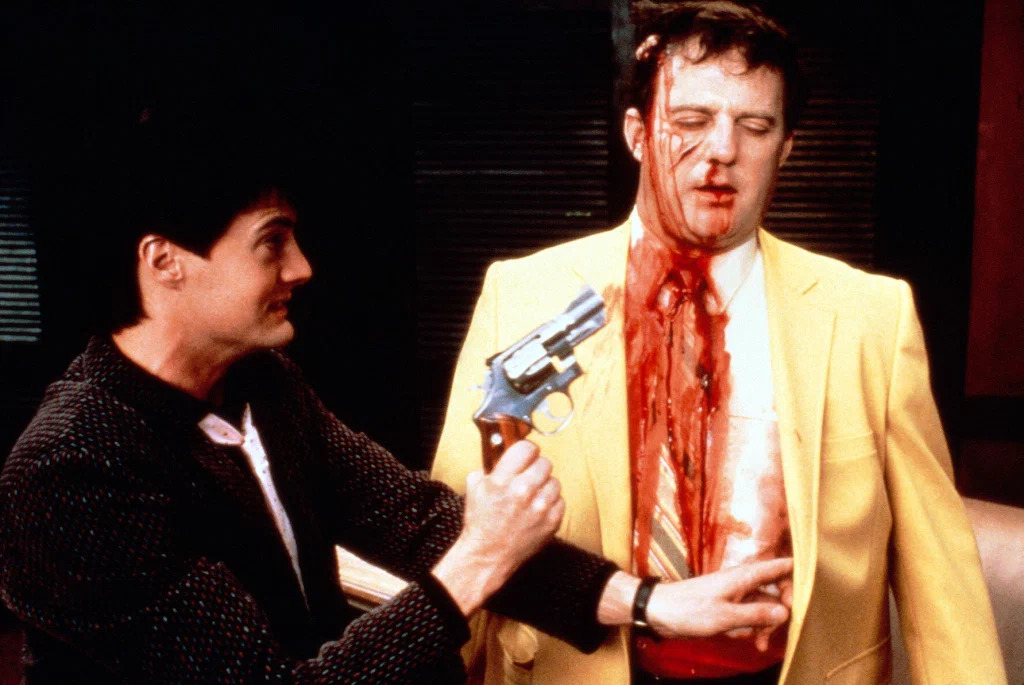
But in David Lynch’s universe, black is never neutral. In every painting, this color reflects darkness and the other world. Remember Cooper’s evil doppelgänger, who swapped his classic suit for a rugged leather jacket and black T-shirt. Or take a look at all of Dorothy’s evening dresses in the same Blue Velvet.
-
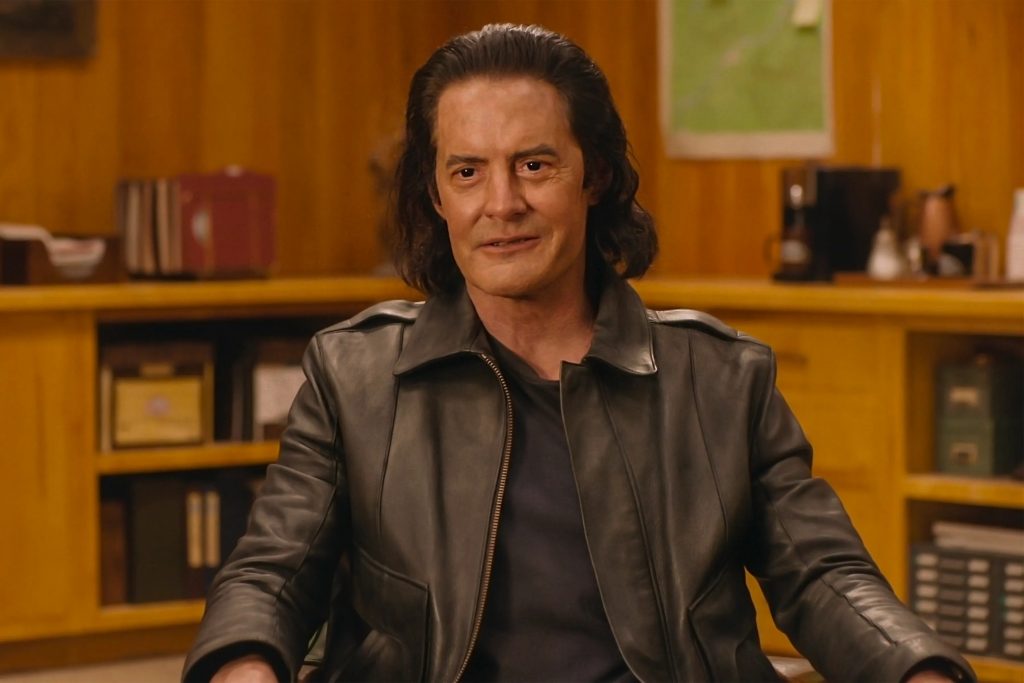
A still from the TV series Twin Peaks -
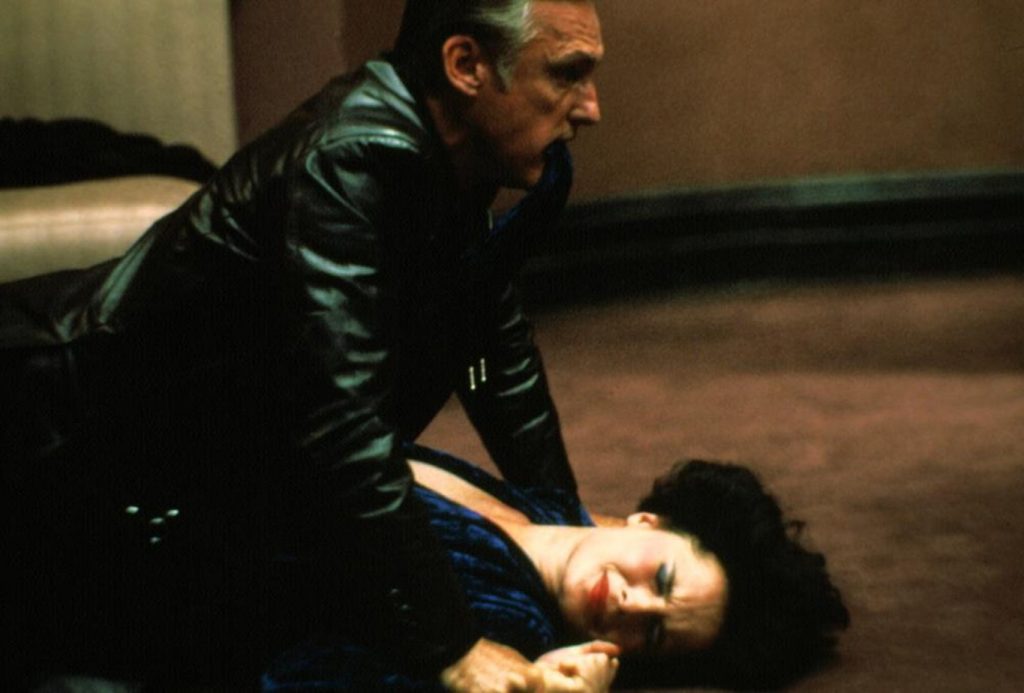
A frame from the movie “Blue Velvet”
What are the images of David Lynch’s on-screen style icons?
-
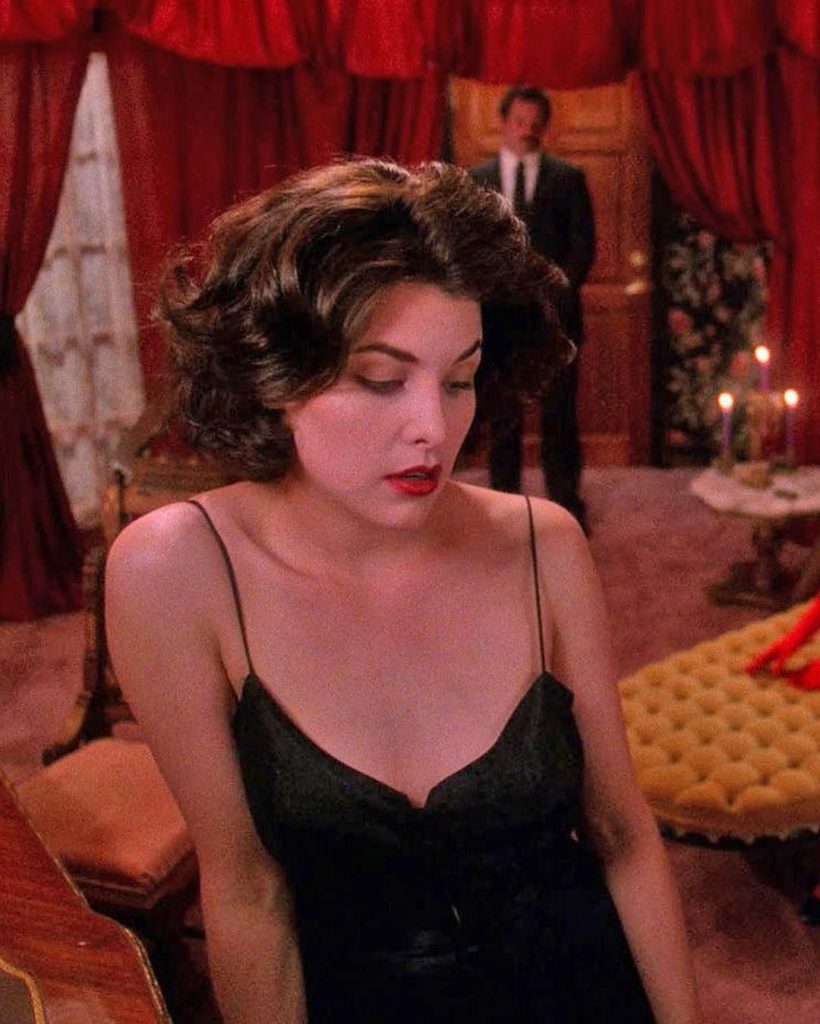
A still from the TV series Twin Peaks -
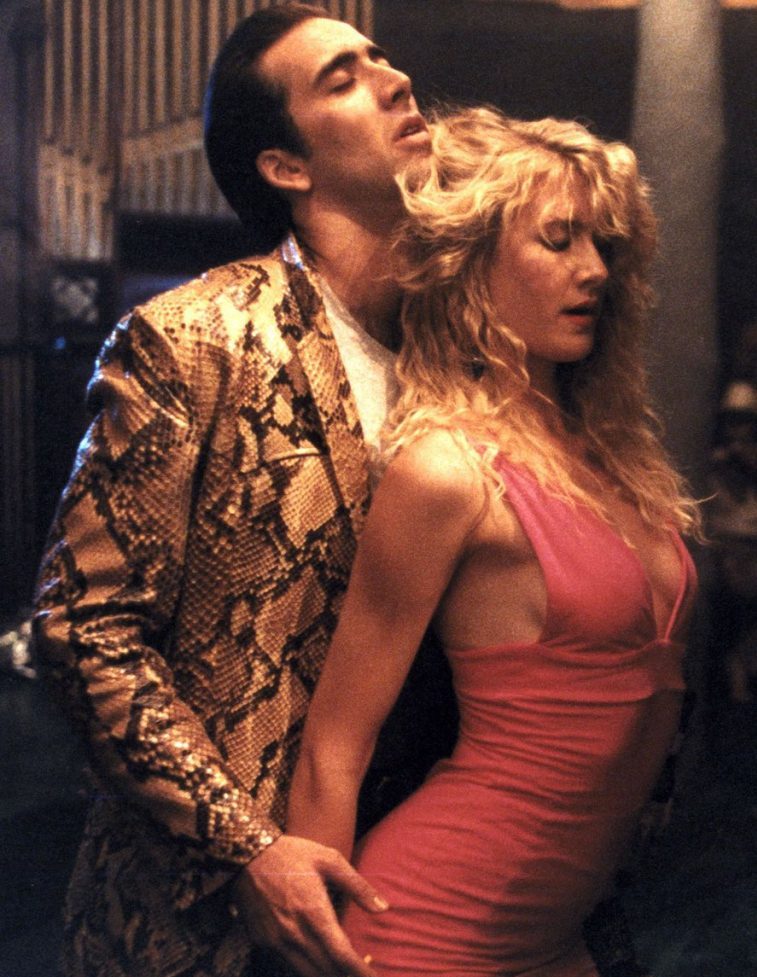
A frame from the movie “Wild Heart” -
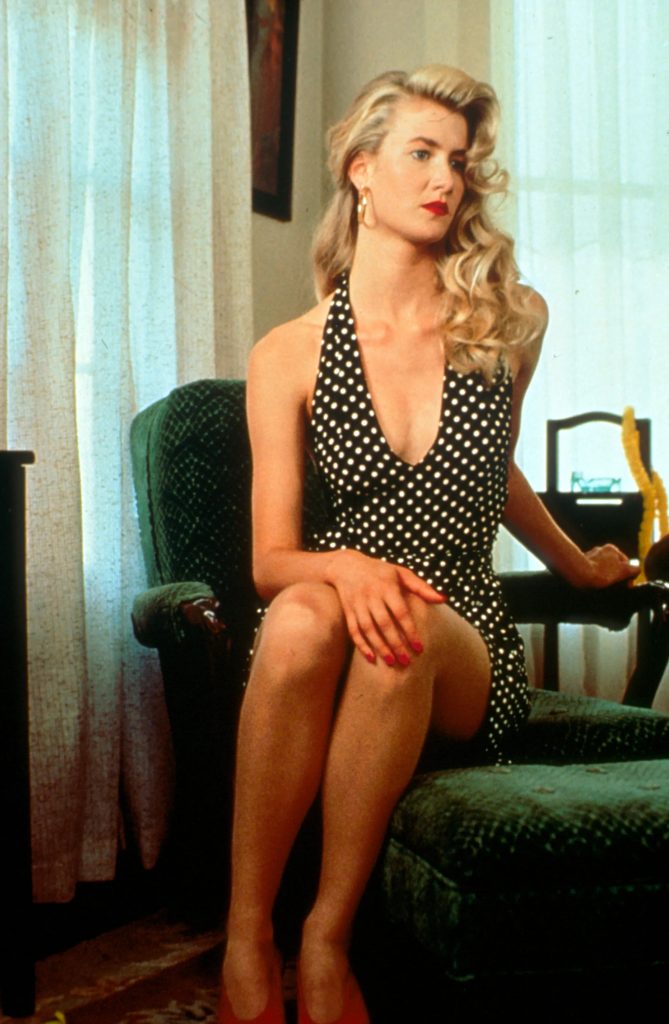
A frame from the movie “Wild Heart”
“It doesn’t matter what I want to say, it’s how you understand it that matters,” Lynch says in an interview. As we mentioned before, David Lynch’s entire film language is built on this principle. You must look for clues in your own perception. So, what are the images of the iconic characters in David Lynch’s films and TV series? We will consider this issue in the next section of the material.
Source: People Talk
Elizabeth Cabrera is an author and journalist who writes for The Fashion Vibes. With a talent for staying up-to-date on the latest news and trends, Elizabeth is dedicated to delivering informative and engaging articles that keep readers informed on the latest developments.

